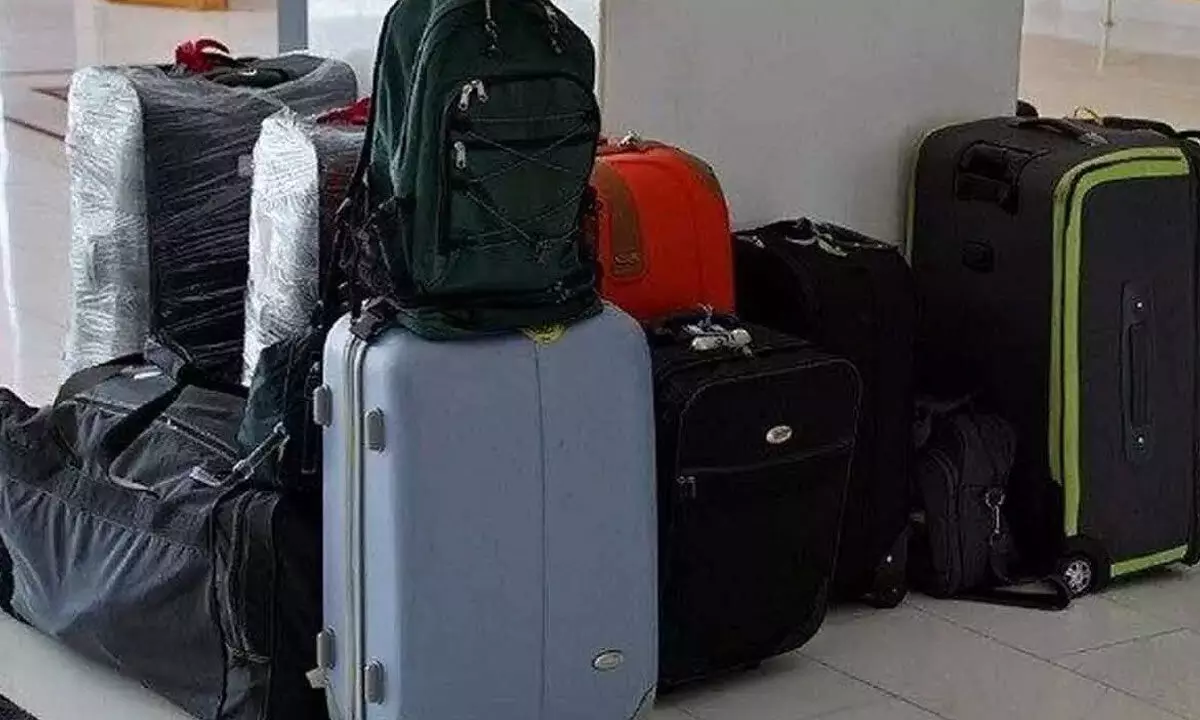The fad to travel light opens floodgates for luggage industry

Revenue growth of India’s organised luggage industry will dip to 8-10 per cent this fiscal
The,n (IATA) raised its profit forecast for the airline industry in 2024 and predicts a revenue of $996 billion — a record high and a 9.7 per cent jump over the previous year.
Total expenses for global airlines are also projected to reach a record high, keeping returns on invested capital lower than the cost of capital.
“Earning just $6.14 per passenger is an indication of just how thin our profits are—barely enough for a coffee in many parts of the world,” said IATA director general Willie Walsh.
The profitability outlook for the year, released during the IATA Annual General Meeting in Dubai, put expected net profits at $30.5 billion, up from the prior forecast of $25.7 billion published in December 2023. “With a record five billion air travelers expected in 2024, the human need to fly has never been stronger. Moreover, the global economy counts on air cargo to deliver the $8.3 trillion of trade that gets to customers by air,” Walshsaid.
India’s organised luggage industry will see revenue growth reduce to 8-10 per cent this fiscal, primarily due to a high base, as industry size almost doubled between fiscals 2022 and 2024. The demand remains stable, backed by continued penetration of hard luggage, steady tourism and corporate travel. The luggage market size is expected to rise from $174.4 billion in 2024 to $265.6 billion by 2030, with a compound annual growth rate (CAGR) of 7.3 per cent during 2024– 2030.
The growth in the luggage market is driven by several factors. Firstly, the increasing frequency of both leisure and business travel fuels demand for diverse types of luggage to suit different travel needs. As more people travel internationally, the need for durable, secure, and functional luggage becomes paramount. Technological advancements, such as smart luggage features, cater to the tech-savvy consumer looking for convenience and security. As a result, the trend towards sustainable products has also opened new market opportunities, with eco-conscious travelers seeking environ-friendly options.
Additionally, the rise of experiential travel, where consumers prioritise unique and memorable travel experiences, drives demand for specialised luggage that can accommodate specific activities, such as hiking, skiing or adventure travel.
The influence of social media and the desire for personalised products further propel market growth, as consumers look for luggage that reflects their personal style and meets their specific needs. The luggage market is expanding in response to these diverse and evolving consumer demands.
However, realisations have reduced due to two factors. First, increasing competition among manufacturers with the entry of new players and, second, increased inventory levels due to moderation in volume growth, which has led to aggressive pricing and impacted average selling prices, mainly in the economy segment.
Explorers, trekkers, tourists and travellers utilise travel bags as a travel equipment to transport their clothing and other belongings. The most popular varieties of travel bagsinclude duffel bags, wheeled backpacks, rolling luggage, weekenders, totes, and travel packs. The hard-side versions are made from materials like polypropylene, polycarbonate, and acrylonitrile-butadiene-styrene (ABS), and they are ideal for transporting fragile goods and electronic devices.
On the other hand, nylon, polyester, cotton, leather, and vinyl are used in the production of the robust and light-weight soft-side variations. These travel bags can be altered to meet the needs of the customer and come in a range of sizes, designs, and colors.
Consumer preferences for buying travel bags and other luggage through e-commerce platforms like Amazon and eBay have significantly changed as a result of the convenience of online purchasing. Due to an increase in business travel globally and economic growth in developing economies, the business bag market category is significantly expanding in the research industry. A CRISIL Ratings analysis of the luggage makers finds that that they account for 85 per cent of the organised sector’s overall revenue of Rs. 7,800 crore.
Says Himank Sharma, Director, CRISIL Ratings, “Rising preference for hard luggage and better quality at competitive prices has benefited organised players. Their share in Indian luggage industry has increased to 45 per cent this fiscal. However, risks are rising, too, as tapering of growth after three years of double-digit run. Rising competition from new entrants will lead to higher promotional expenses and, thereby, moderation in margins.”














